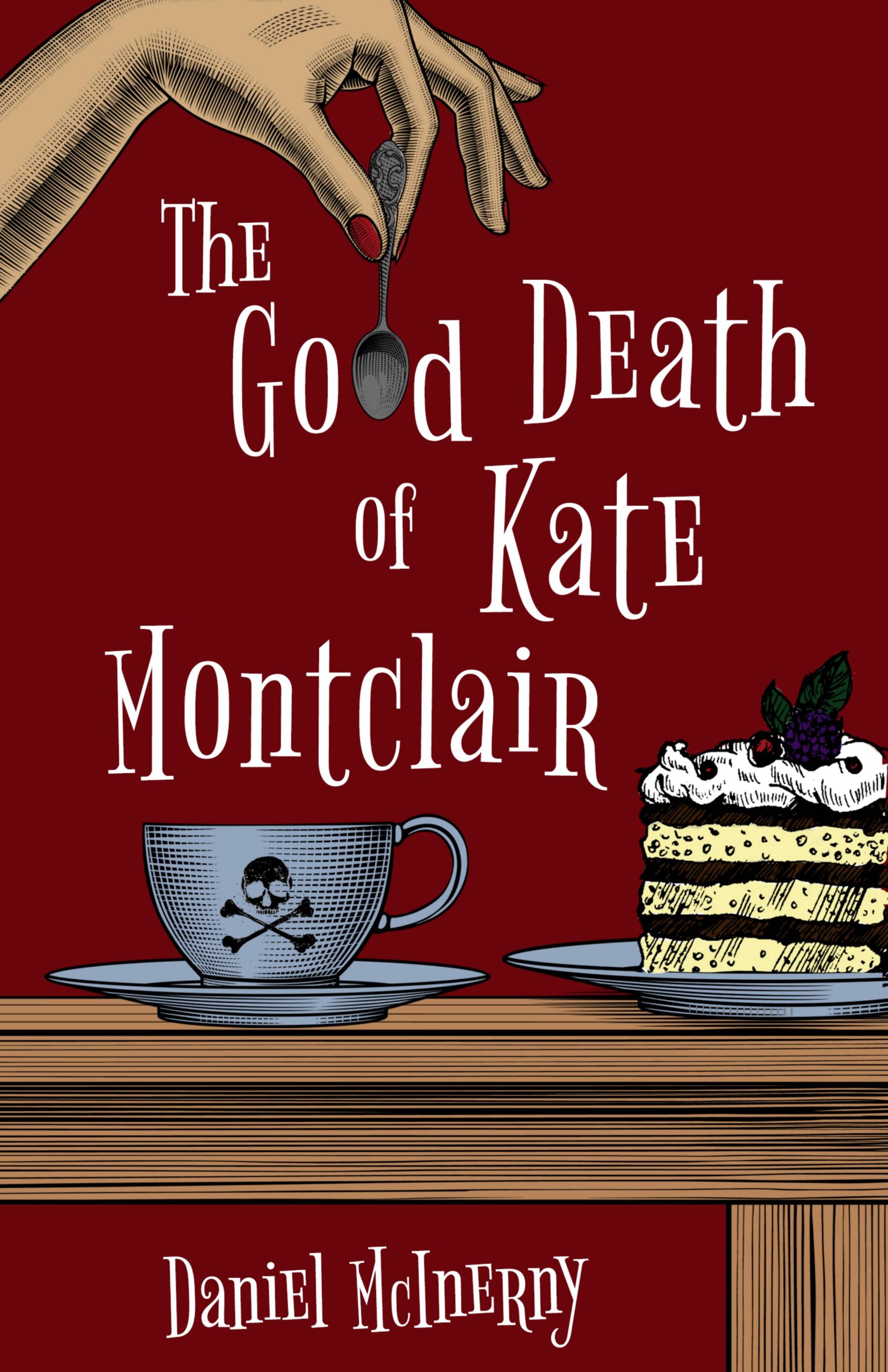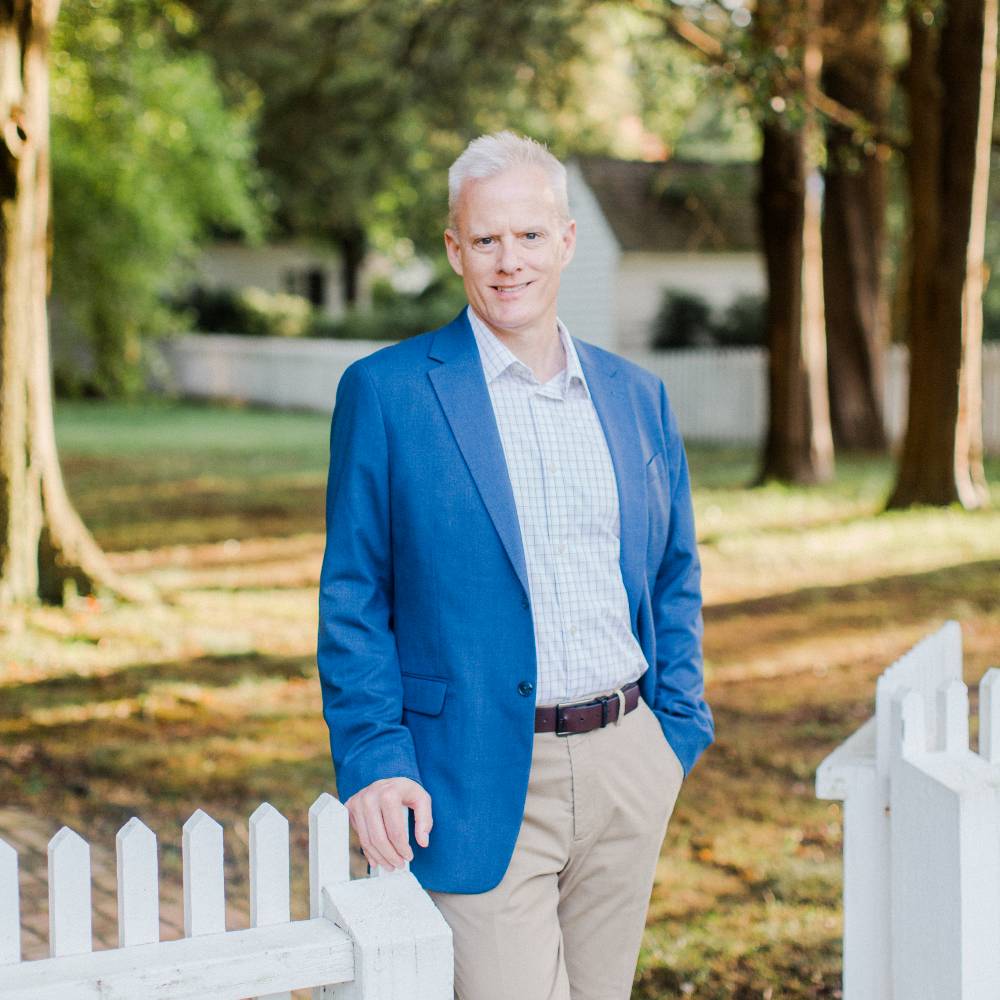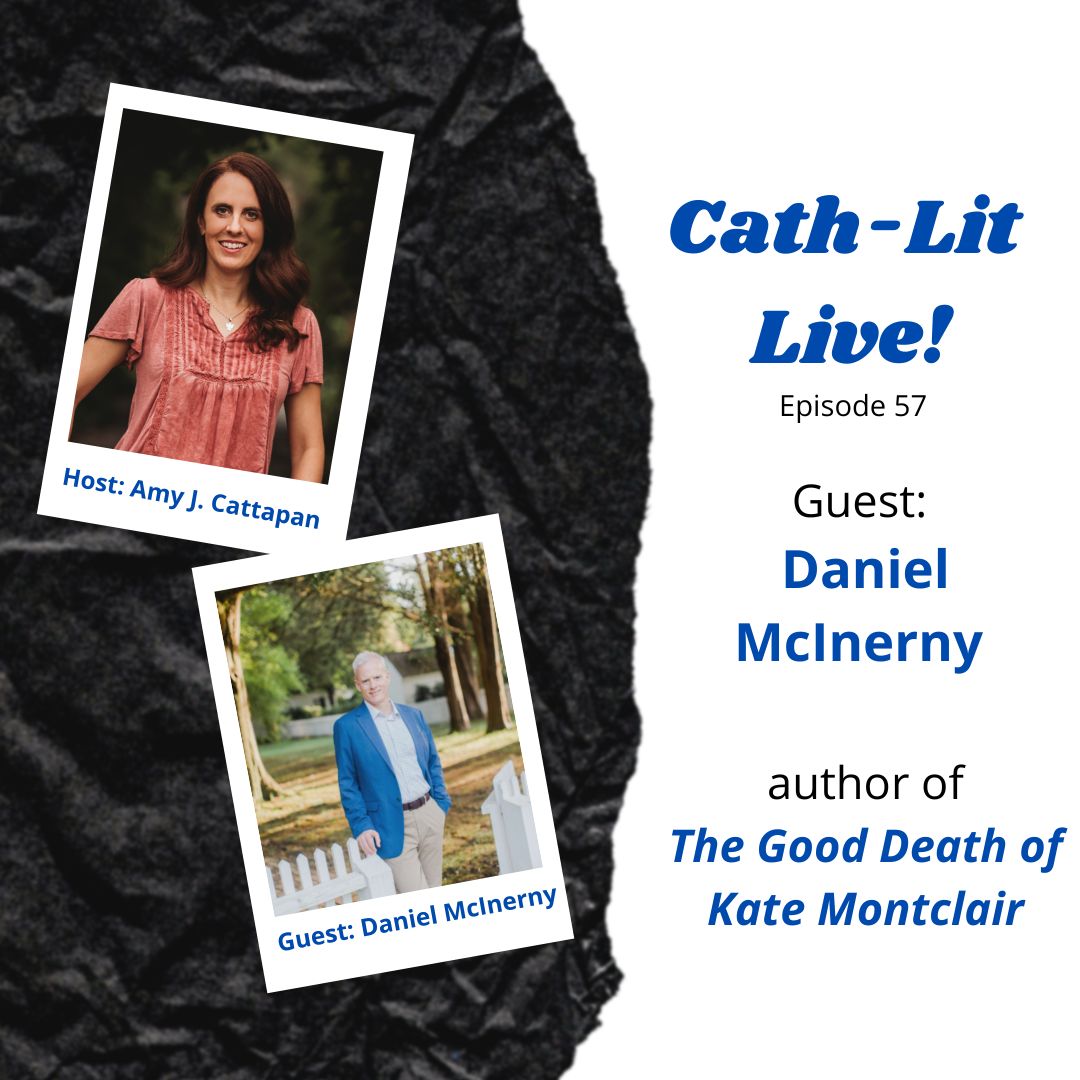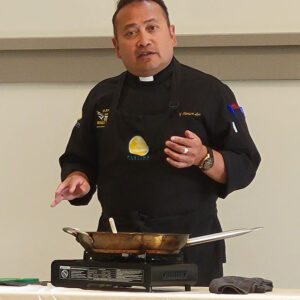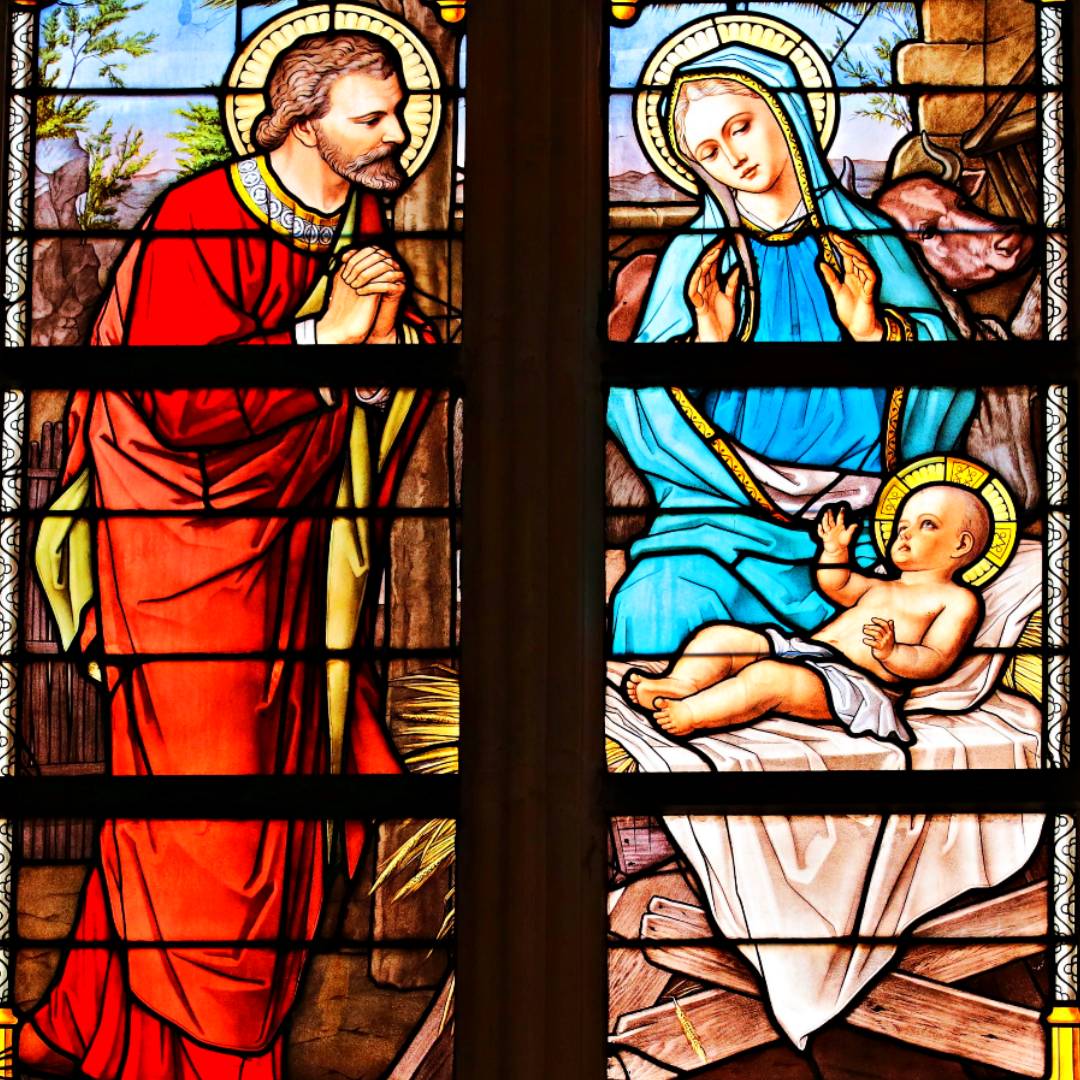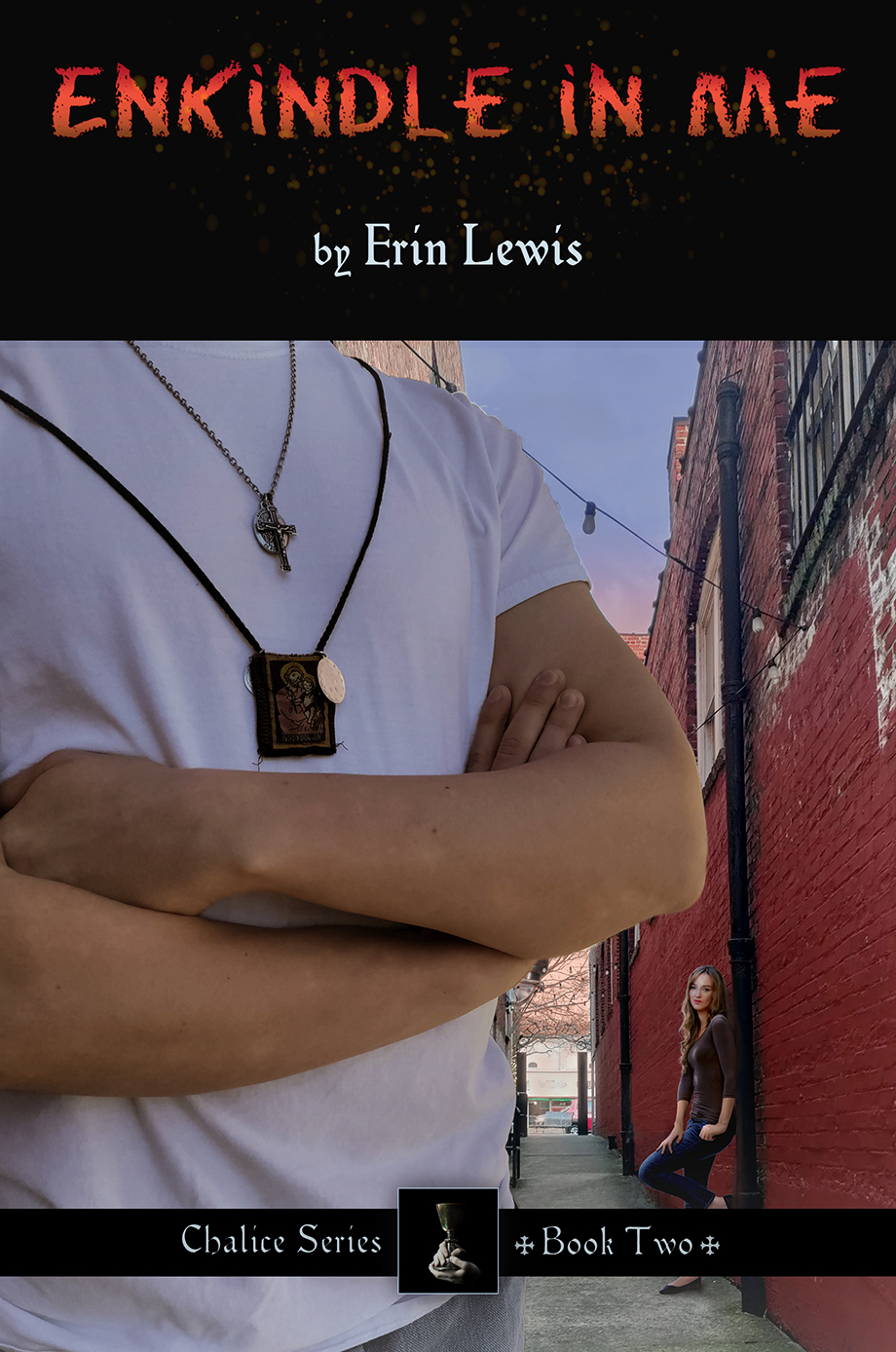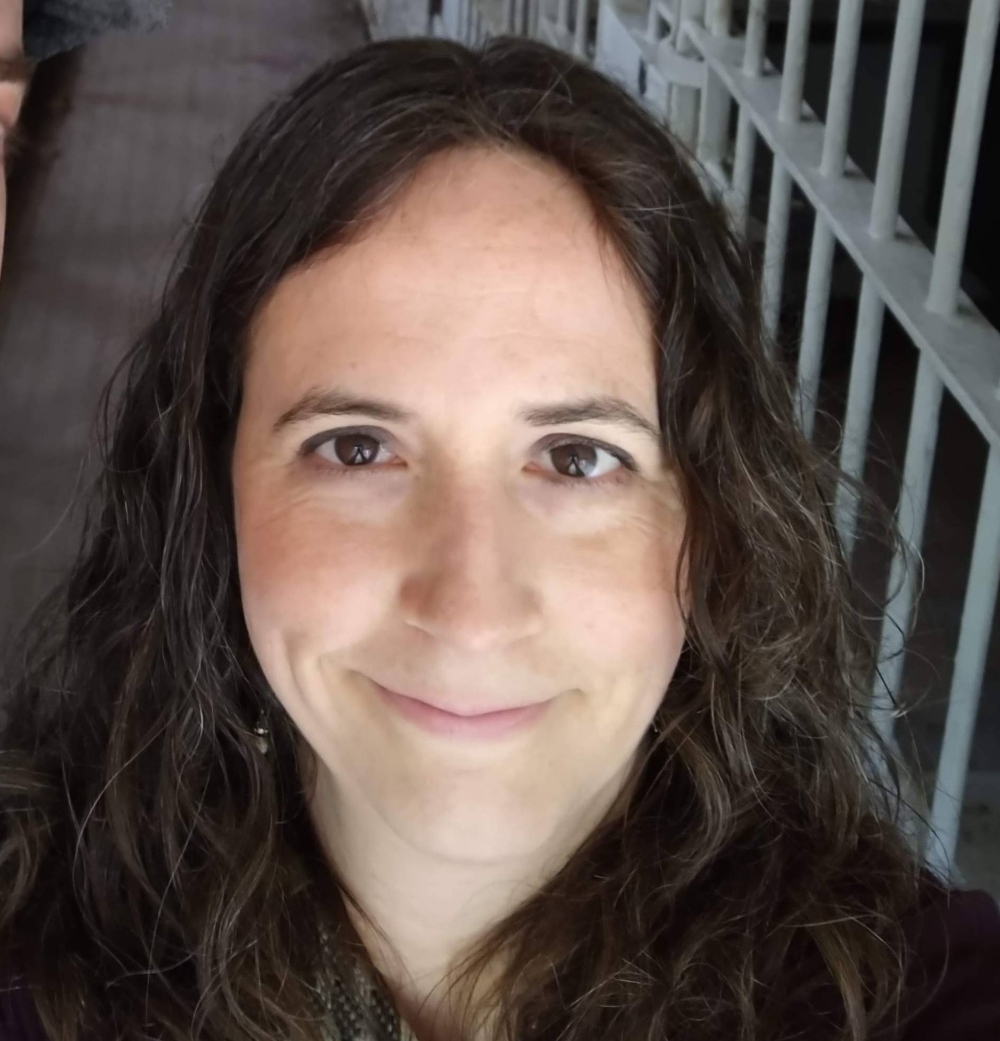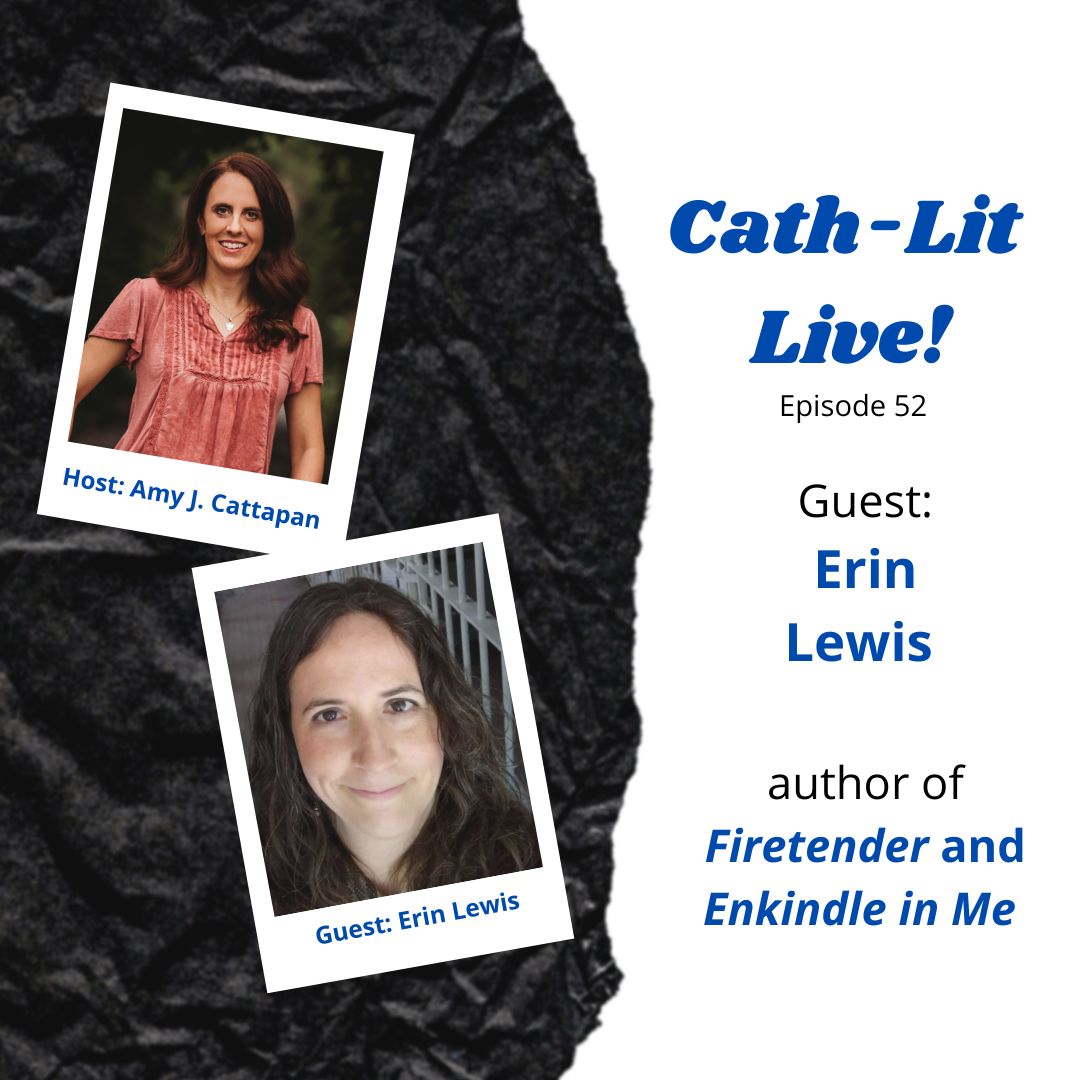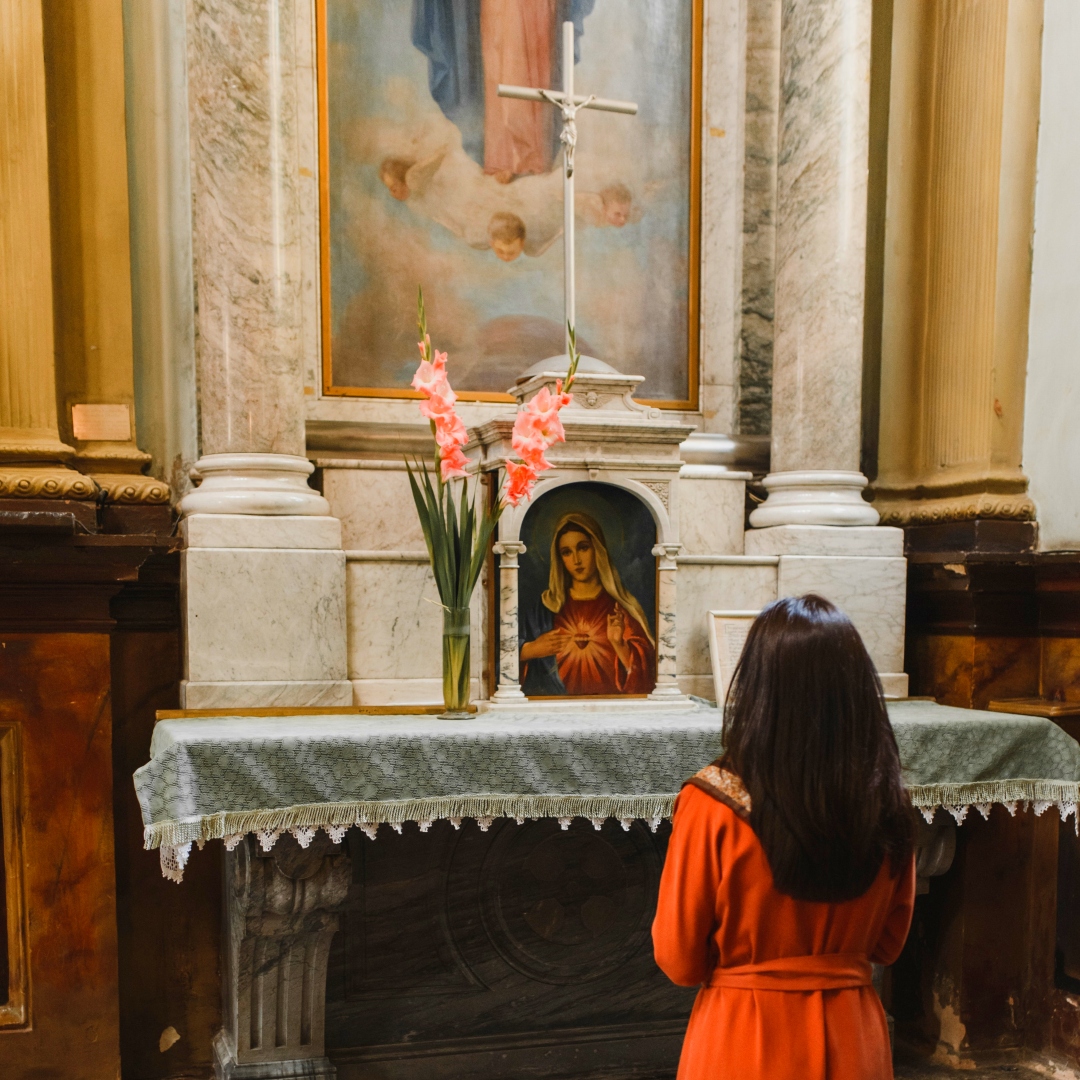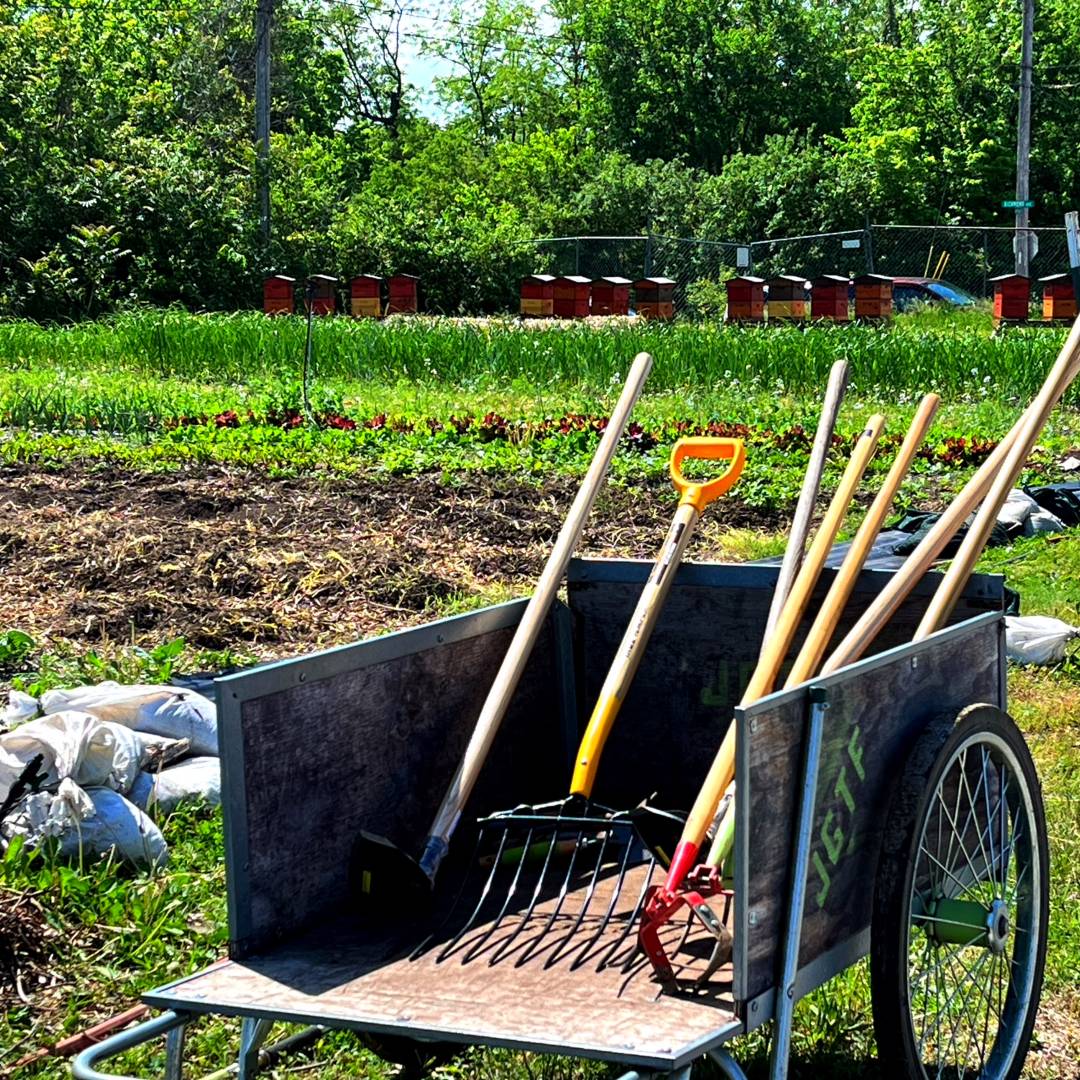Little Sundays
Little Sundays
Every Sunday is a Holy day of obligation, a day set aside to gather with community and worship Our Father in heaven. This day can also be observed by attending a Sunday Vigil celebrated on Saturday evening. Catholic teaching instructs us to refrain from engaging in work or activities that deter the worship owed to God. Recently I took a day away and referred to it as my “Sabbath,” and I pondered whether or not, in today’s society, these teachings are being honored.
I can admit that I have worked on Sundays in the past. Whether it be writing, cooking, or cleaning, these all take on the energy of work and direct my attention away from worshiping God. I could argue that my writing is spiritual and for the Glory of God, so perhaps that is allowed. I’ve yet to answer that thought. However, I know that engaging in writing on the Lord’s Day is different than attending church, coming home, and reflecting on the readings, sermon, and worship music.
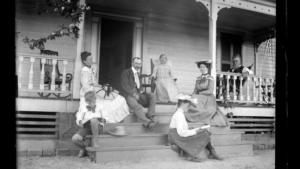 It would be lovely to come home from Mass and simply enjoy celebrating God with my family and friends over a meal. My husband and I like to watch old black-and-white television programs, where families are often depicted attending church service on Sundays and then relax on their front porch, carelessly and effortlessly enjoying the day of rest. I guess observing the Lord’s Day in past generations proved a little easier to do. I wonder what it would feel like if, in today’s culture, we made a considerable effort to set this day aside for the one who created us.
It would be lovely to come home from Mass and simply enjoy celebrating God with my family and friends over a meal. My husband and I like to watch old black-and-white television programs, where families are often depicted attending church service on Sundays and then relax on their front porch, carelessly and effortlessly enjoying the day of rest. I guess observing the Lord’s Day in past generations proved a little easier to do. I wonder what it would feel like if, in today’s culture, we made a considerable effort to set this day aside for the one who created us.
“Work shall be done for six days, but the seventh is the Sabbath of rest, holy to the Lord.”
Exodus 31:15 NKJV
My sabbath day away showed me how much my heart and mind craved one-on-one attention with God. I promised myself more of these days away from my routine to enjoy a full day of prayer and spiritual activities. I’m a little nervous about the holidays approaching if I will be able to honor the time I have set aside. I am organized and a good planner, but we all know how life intervenes and takes us off course. Because of that, I began thinking about other ways to honor God ahead of Sundays and days of spiritual enlightenment. I hope that by creating Little Sunday moments, my heart will be ignited and thirsting for more of God. All the while effortlessly easing me into honoring the seventh day of rest.
I have a few ideas based on my individual preferences. However, you can all devise your own Little Sunday moments. Each day, our local Christian Radio station, 95.5 The Fish, invites listeners to pray The Lord’s Prayer. Engaging in those few minutes is enough to draw the Lord into my day and close to my heart. Another opportunity is praying the Divine Office or Liturgy of the Hours. Many Catholic prayer apps and online tools can help you get started.
If you want to keep your focus on Jesus, honor the day of rest, and grow closer to God, then consider praying about how God is calling you toward Him. From this, devise your plan for Little Sundays throughout your week. Engage in conversations with your family and friends, inviting them to participate. For the time being, when I feel called to write on the Lord’s Day, I will first engage in prayer and allow God to guide my thoughts. If they end up on the page, I know it was because God designed it for His Greater Glory. God calls us to be set apart or different from ordinary things and turn our focus toward Him. I pray that your Little Sundays become stepping stones toward your complete surrender to the Sabbath day of rest, holy to the Lord.
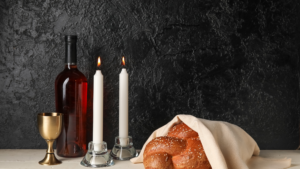
Copyright 2023 Kimberly Novak
Images: Canva

